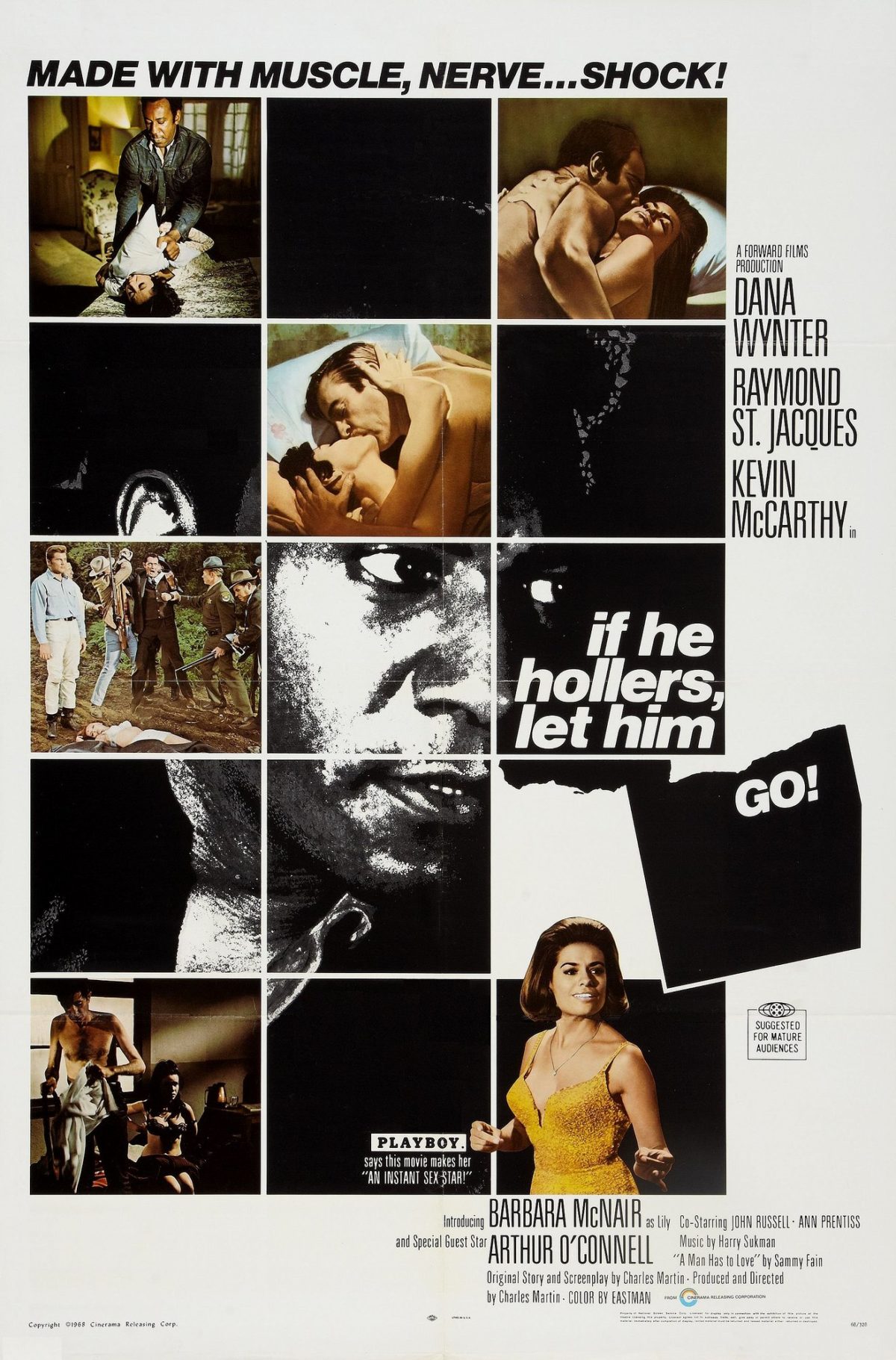As I closed the pages of our third novel, I began thinking about how Chester Himes’ book fits alongside the others. There is no murder, no detective, and no mystery to solve. Instead, “If He Hollers Let Him Go” is a sobering tale of racism in America in the first half of the 20th century.
Upon pondering Bob Jones’ story and wondering how he fits in with Spade and Marlowe, I formed a conclusion. I believe that the general thesis of the noir genre is this: When the “other” attempts to accomplish what only the white man can, there is disorientation, violence, and the order of society is disturbed.
I also fully acknowledge that I will develop this thesis as we continue reading other texts, but believe that the three novels we read imply that when blackness strives to be white and when the “other” reaches for things that are out of their place, society crumbles. The “other,” here, is associated with blackness, or “noir.” This blackness can come in the form of actual black people such as Bob Jones, femininity, queerness, or foreign peoples from places such as the Orient or Greece.
When Joel Cairo and Brigid O’Shaughnnessy attempt to steal something that belongs to a white man, they reach for something they cannot control and are not able to possess. As a result of Brigid being in over her head, and ends up killing Miles, and Cairo gets beaten up. As feminine creatures, neither of them are equipped for what it would truly take to steal from a white man, and in their attempt to accomplish what is impossible for people of their kind, they disrupt the order of society, and white men (specifically Miles) suffer.
When Velma tries to concoct a plan that will erase the sins of her past, she not only ends up killing a man, but does so unsuccessfully, ultimately leading to her exposure, and later, her death. Just like Brigid, Velma is in over her head, trying to play games in a white man’s world. She takes the life of a white man, but isn’t smart enough to cover up her tracks well enough that someone with real power (i.e., a white man like Philip Marlowe) won’t be able to figure her out.
And then comes Bob. Bob’s story to me was particularly interesting because I saw it as a sort of “spin off.” For so long, we were told the story of the “others” by those that are included–the rich white men. These men must clean up after the “other.” Through Bob, we see the struggles of a man who does not want to be othered. “I never get a chance to think like an ordinary guy,” Bob confesses, complaining that “white people make [him]] think about [his race] in every way” (Himes 168).
It all comes down to blackness.
Through Alice, we see the driving tone of noir texts; she argues that Bob must “adjust [his] way of thinking to the actual conditions of life,” and that if only he can understand his place in society, life wouldn’t be nearly as difficult. Noir seeks to show the repercussions of those who do not understand their role in society, and shows how much freedom those at the top (the rich white men) truly have.
This is tricky because through Bob’s story, we see a man who eventually tries to stay in his place and settle down, but still faces racism and othering by society. Perhaps, then, noir’s thesis should be refined to a much more grievous argument: If you exist within the realm of “blackness” and if you are an “other,” those with all the power–the rich white men–have full control over you.
